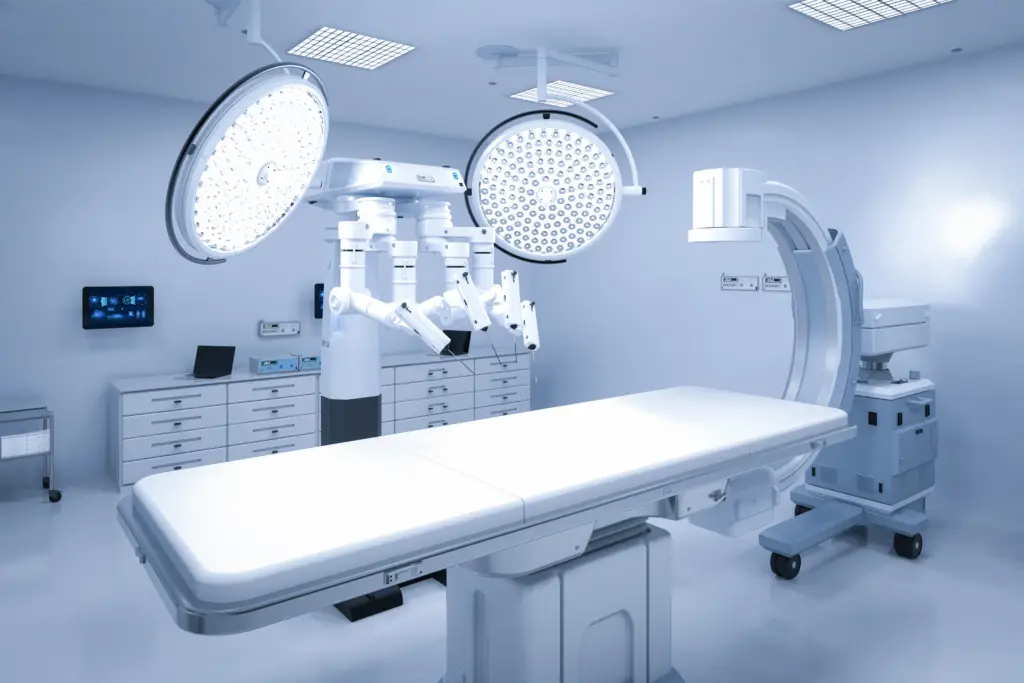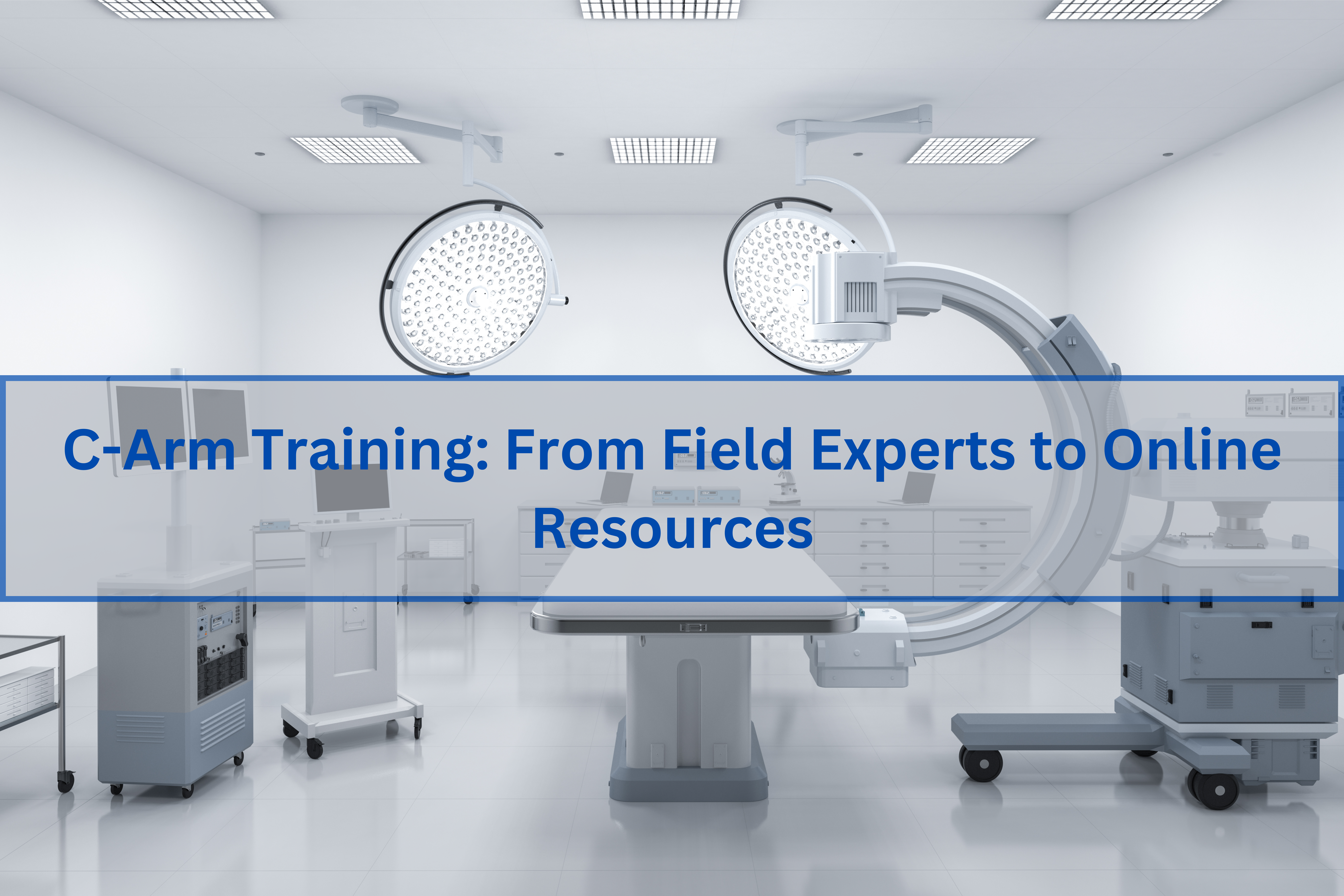In the ever-evolving world of healthcare, professionals often discuss the need for advanced c-arm training in specific equipment and techniques. The C-Arm, a mobile fluoroscopy unit utilized in various medical and surgical applications, stands out as a topic of interest.
Based on discussions among professionals and experts in the field, it’s evident that while formal training on the C-arm isn’t universally standardized. There are several avenues to explore and learn.
The Versatility of C-Arm Training
- Equipment Orientation: According to some group experts, C-Arm training is generally specific to the facility and equipment. Since devices can differ considerably across different facilities and manufacturers, creating a standardized training protocol is challenging.
- Vendor-Specific Training: One suggestion from an admin in the field is to contact the vendor representative if you work in a facility that uses a C-arm. These reps often offer a clinical in-service where they come to your location. These also provide hands-on guidance about the equipment’s functionalities.
- Clinical Experience: Some believe gaining experience in the operating room is invaluable and the best place to understand the equipment’s nuances.

Seeking External Resources
- Online Platforms: Professionals are willing to share resources, like operational videos. It can be highly beneficial for those who are either new or returning to the field after a break.
- Training in Cadaver Labs: Some mobile C-arm companies offer specialized training in cadaver labs. It can be a unique and hands-on learning experience for professionals.
- State-specific regulations: It’s worth noting that only specific certified professionals or students are permitted to operate the C-arm in certain states. Being aware of these regulations is crucial.
- Focused Courses: There are courses available that emphasize particular applications of the C-Arm, such as interventional spine procedures.
- On-site Training: Another recommendation is to seek on-site training, perhaps leveraging an experienced instructor within the hospital to give hands-on lessons.
The Need for a Standardized Curriculum
The absence of standardized training for various equipment is a recurring theme. As healthcare technologies progress, the industry must ensure that structured training programs are in place, emphasizing best practices and patient safety. Local educational institutions could play a significant role in this development.
In Conclusion
C-Arm training might differ based on location and available resources. However, whether through vendor training, on-site tutorials, or online platforms, it’s vital to ensure professionals have the knowledge and skills to effectively utilize this crucial tool in medical practice. As technology continues its upward trajectory in healthcare, structured and standardized training will be paramount.

